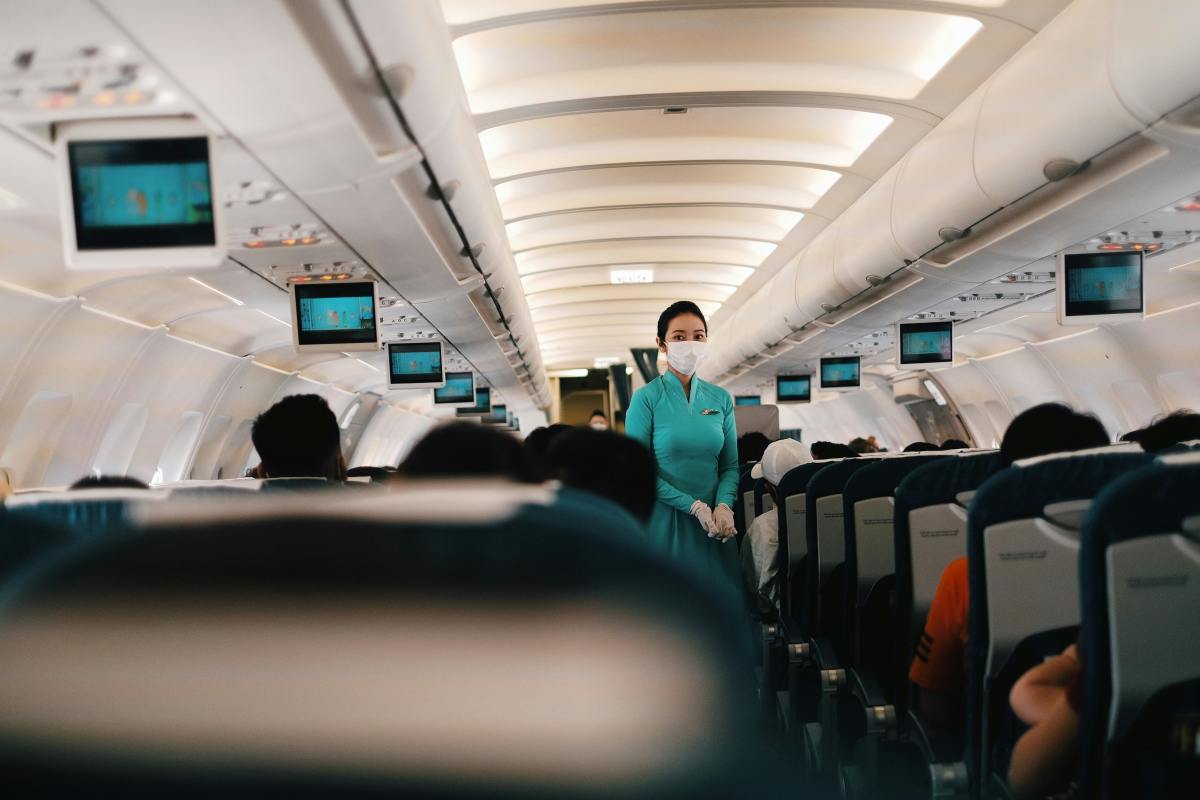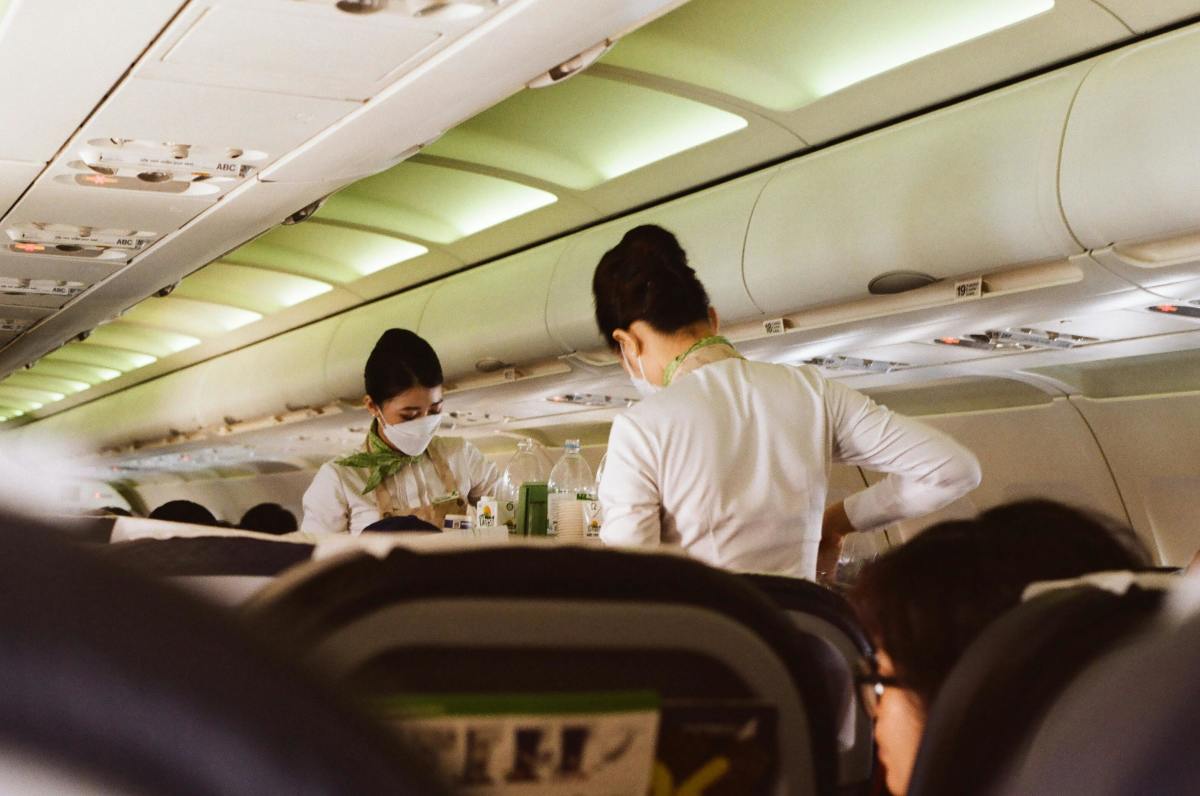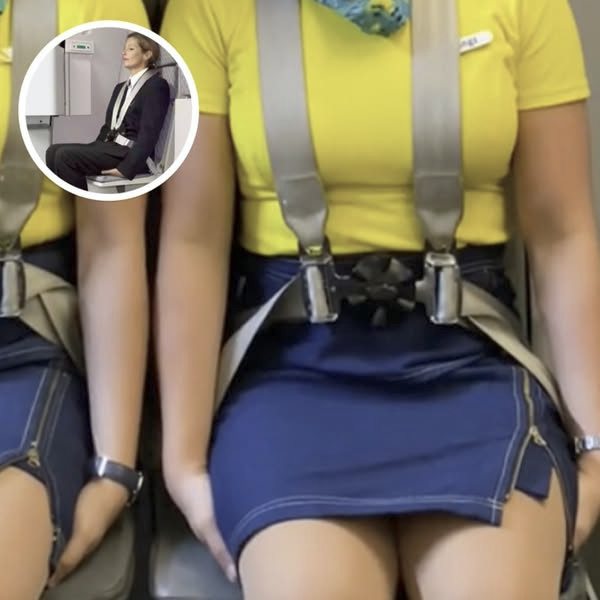“The idea is to keep the body locked in a strong, controlled pose so that if we hit turbulence or experience an unplanned emergency, the risk of injury is minimized,” Lim explained. By placing their palms upward and tucking their hands beneath their thighs, flight attendants restrict unnecessary movement of the arms, which could otherwise be injured or thrown around during a collision.

Another industry professional, flight attendant Anusha Pratima, echoed this explanation in a Quora discussion. She emphasized that during taxiing, takeoff, and landing, cabin crew must stay hyper-aware and ready to respond immediately to emergencies. She explained that the brace position helps restrict limb and spine movement, lowering the risk of serious injury during impact.


